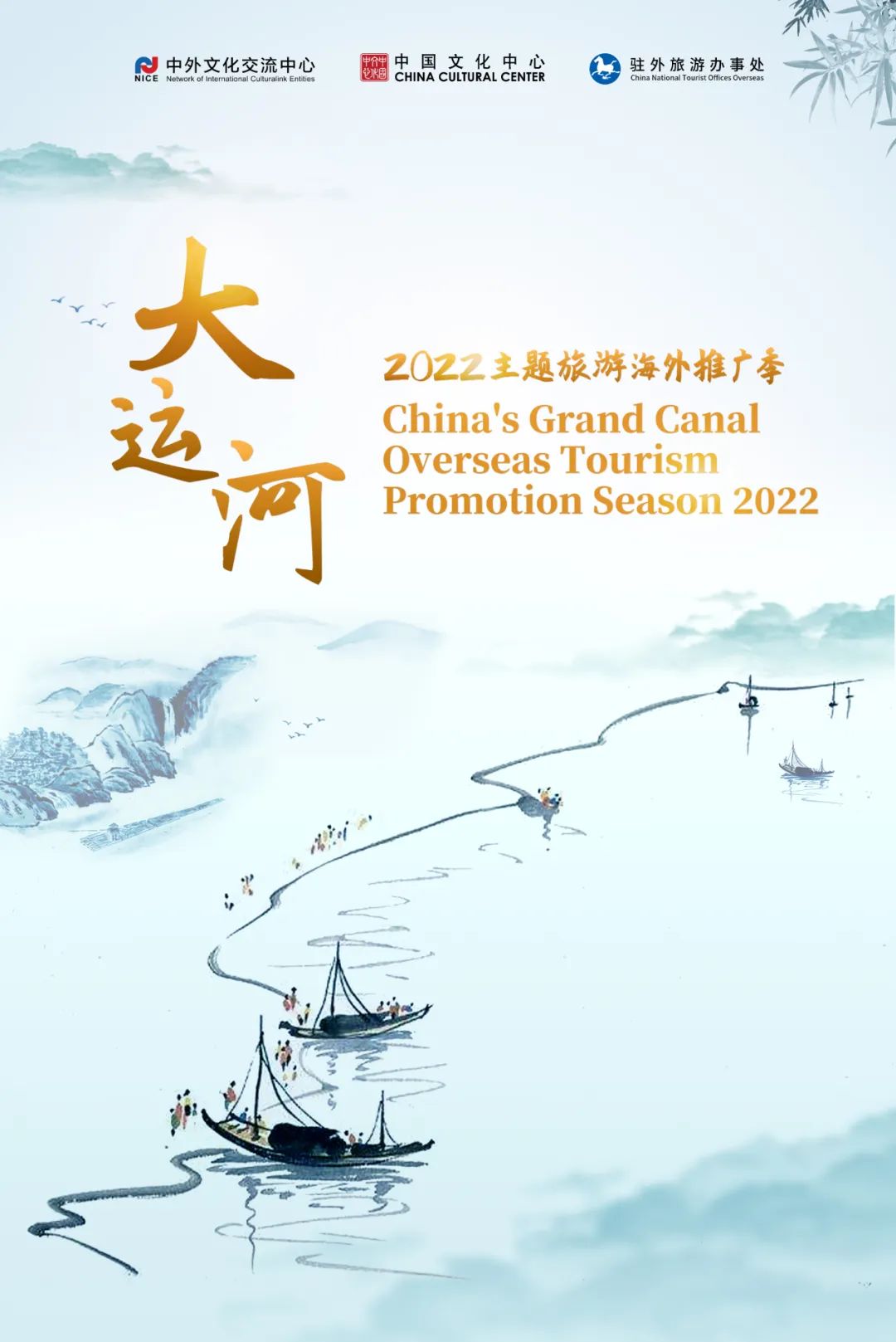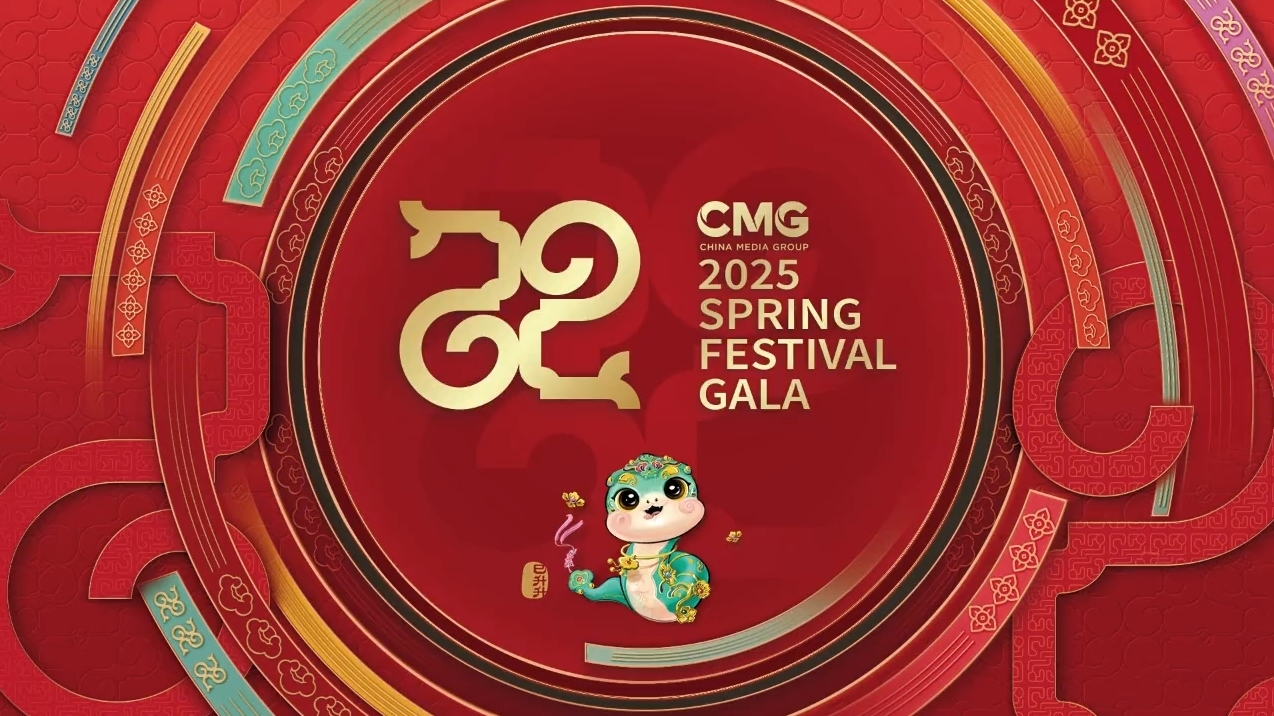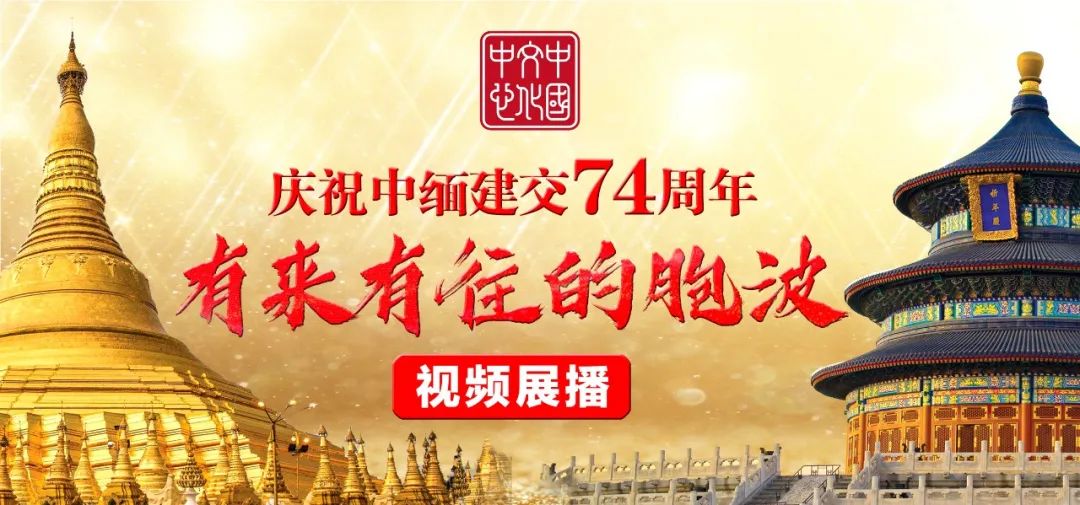China's Grand Canal Overseas Tourism Promotion Season 2022 | The Grand Canal Photo Exhibition (Zhejiang section) : Huzhou City
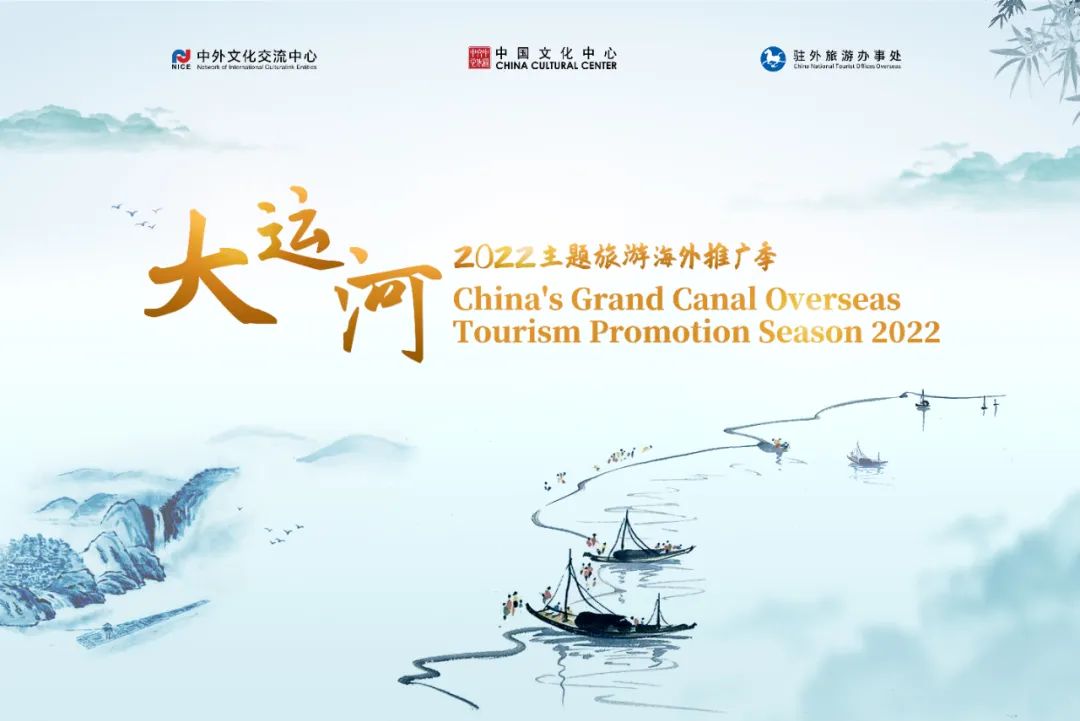
One river connects the ancient and the modern, and one culture spreads for thousands of years. The Grand Canal (Zhejiang section) is a shipping hub in the south that has lasted for thousands of years. The Chinese character "Hang" of the Beijing Hangzhou Grand Canal refers Hangzhou, Zhejiang. The Zhedong Grand Canal is an extension of the Beijing Hangzhou Grand Canal. Starting from Hangzhou, it passes through Shaoxing and Ningbo, and finally enters the sea at Sanjiangkou of Ningbo. The Zhedong Grand Canal is an important link of the land Silk Road and the Maritime Silk Road. It is also a road for cultural exchanges between China and foreign countries. Today, the Grand Canal flowing through Zhejiang is full of new vitality based on its profound heritage. From riverside families to science and technology towns, from ancient bridges and ferries to art areas, the proposed Asian Games venues are rising along the river, and the industrial relics are revitalized. The canal bank area has presented a modern life of green ecology, vitality and openness.
Huzhou City
Huzhou is a national historical and cultural city with a history of more than 2300 years. It is also the only city in the south of the Yangtze River named after the lake in the area around the Taihu Lake. Huzhou is located in the central area of the Yangtze River Delta. It is 75 kilometers away from Hangzhou, 130 kilometers away from Shanghai and 220 kilometers away from Nanjing. Huzhou has a national first-class railway, highway and inland water transit port, and the traffic is very convenient. Huzhou is full of traditional activities and profound cultural heritage.
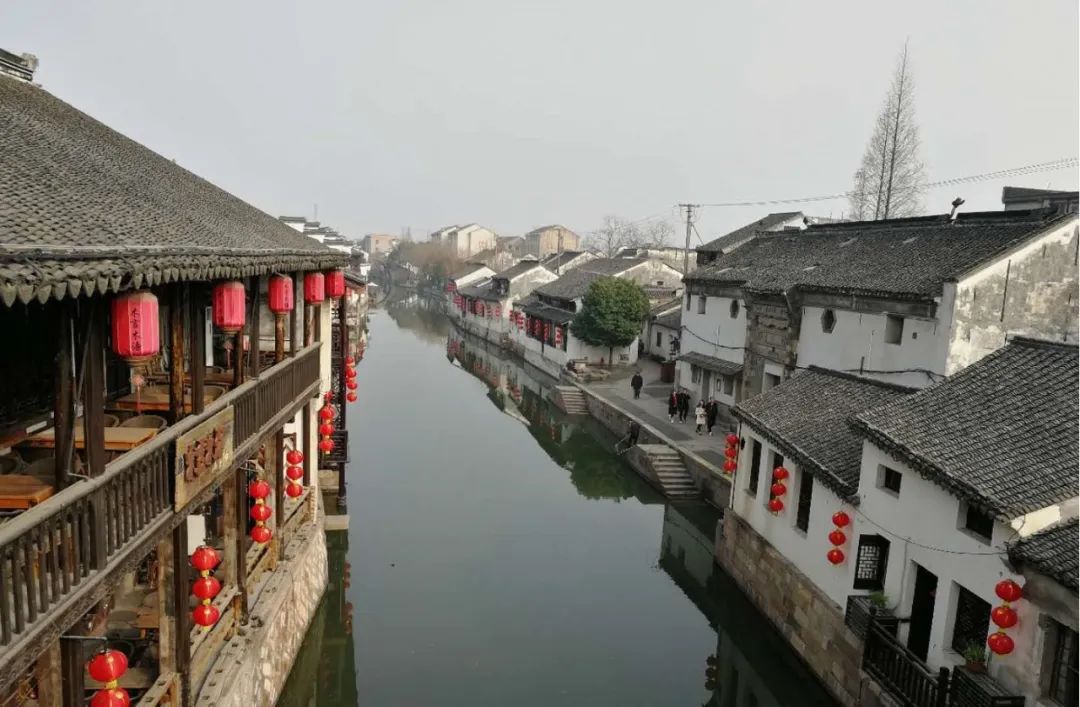
Old Ditang River of Nanxun Section of the Grand Canal
The original name of Ditang, 荻塘 which means “Reeds” Ditang River is named because there are many reeds along the river. In 792, the 8th year of Zhenyuan reign of the Tang Dynasty, the governor of Huzhou organized migrant workers to build a large-scale building in Ditang. The people thought of his virtue and changed the word "Di" to “頔”also pronounced “Di”but means “Virtue”, so it is still pronounced Di Tang.
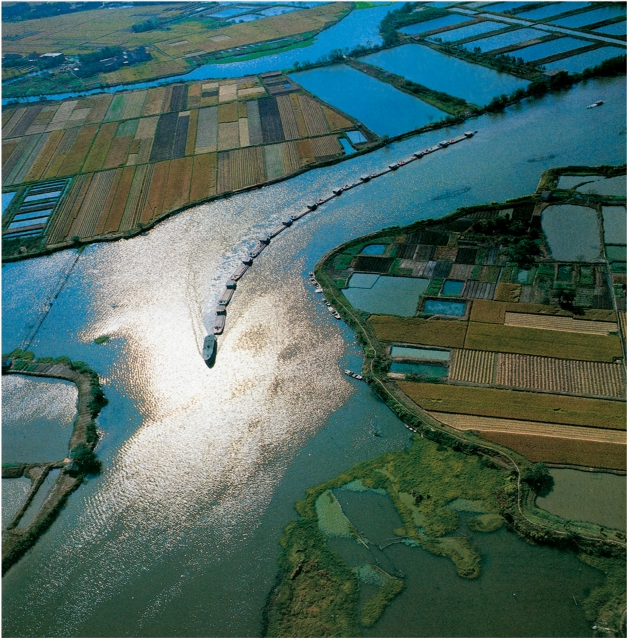
The Grand Canal
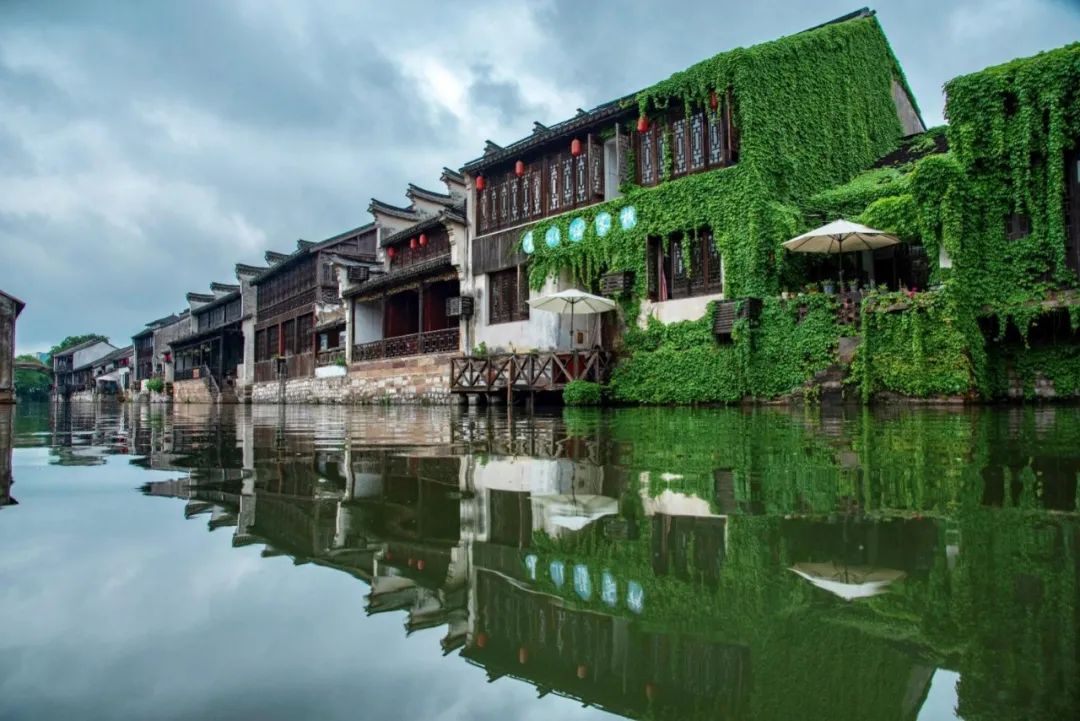
Ditang River 2
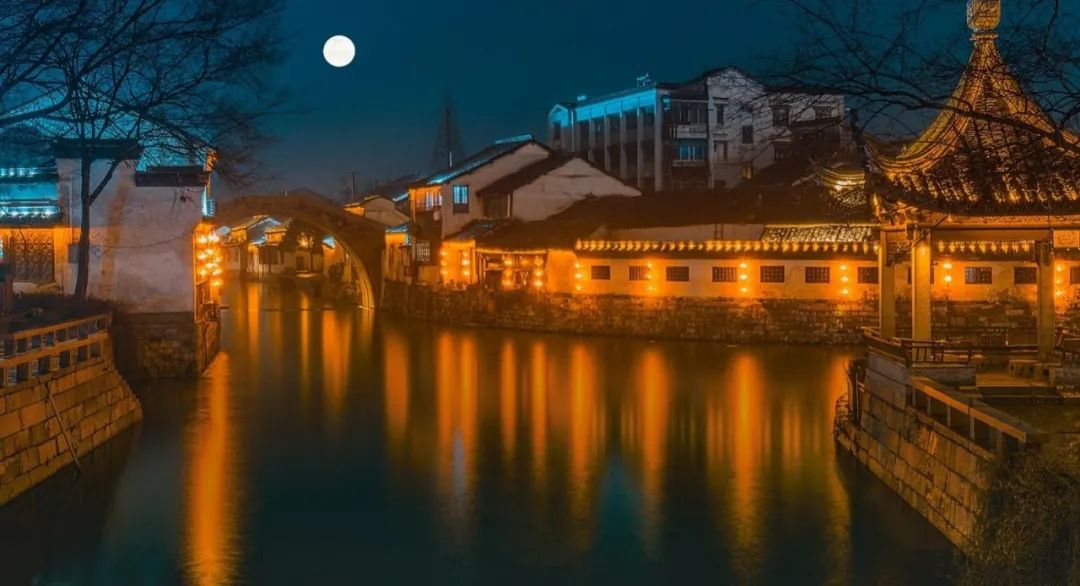
Ditang River 3
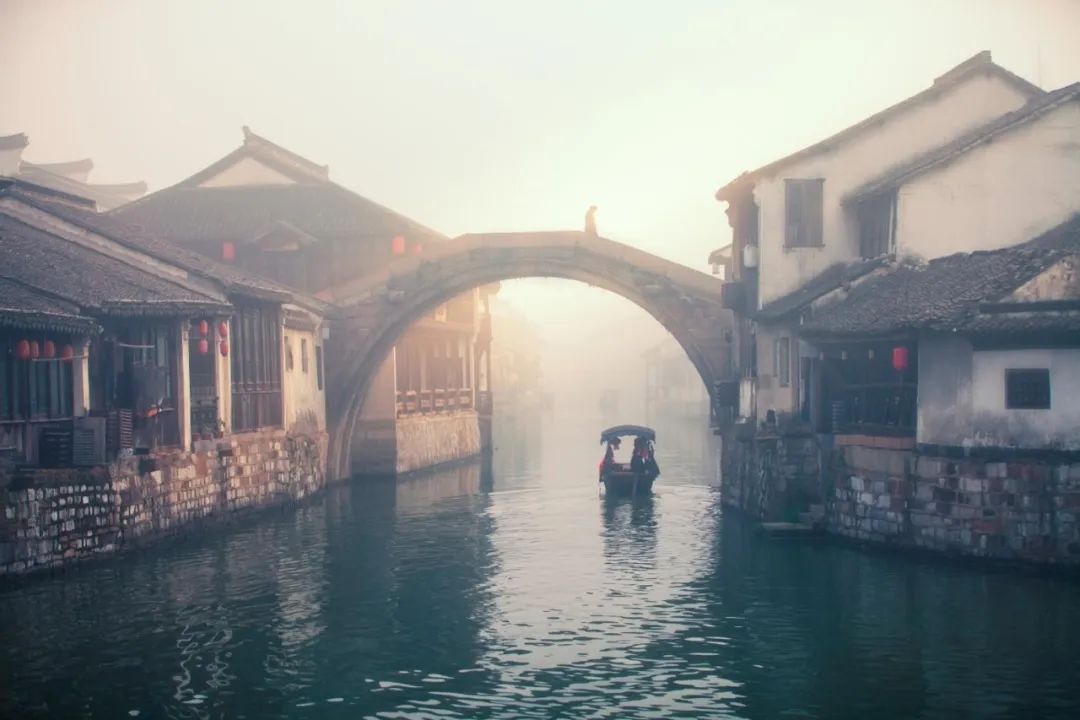
Ditang River 4
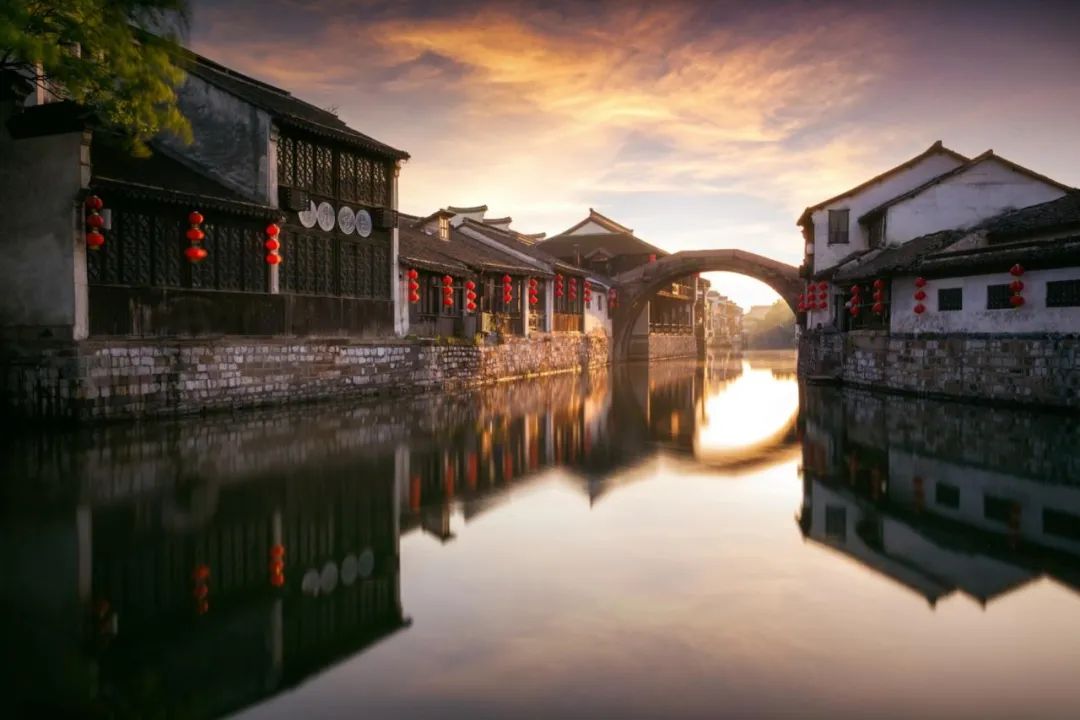
Ditang River 5

Ditang River 6

Ditang Grand Canal
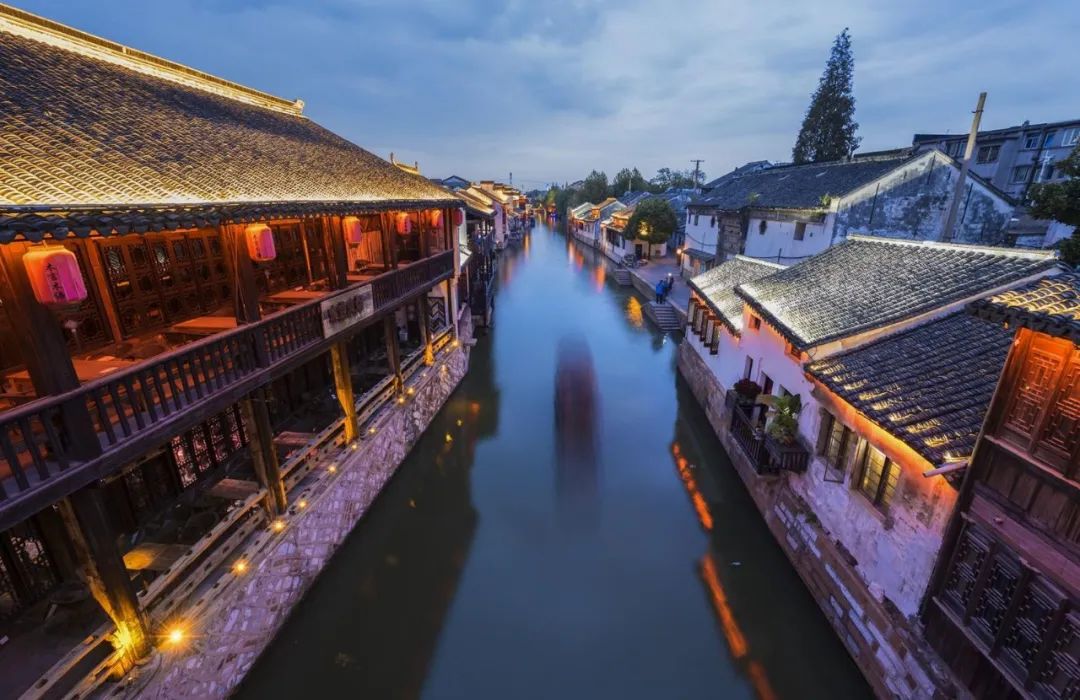
Old Ditang River
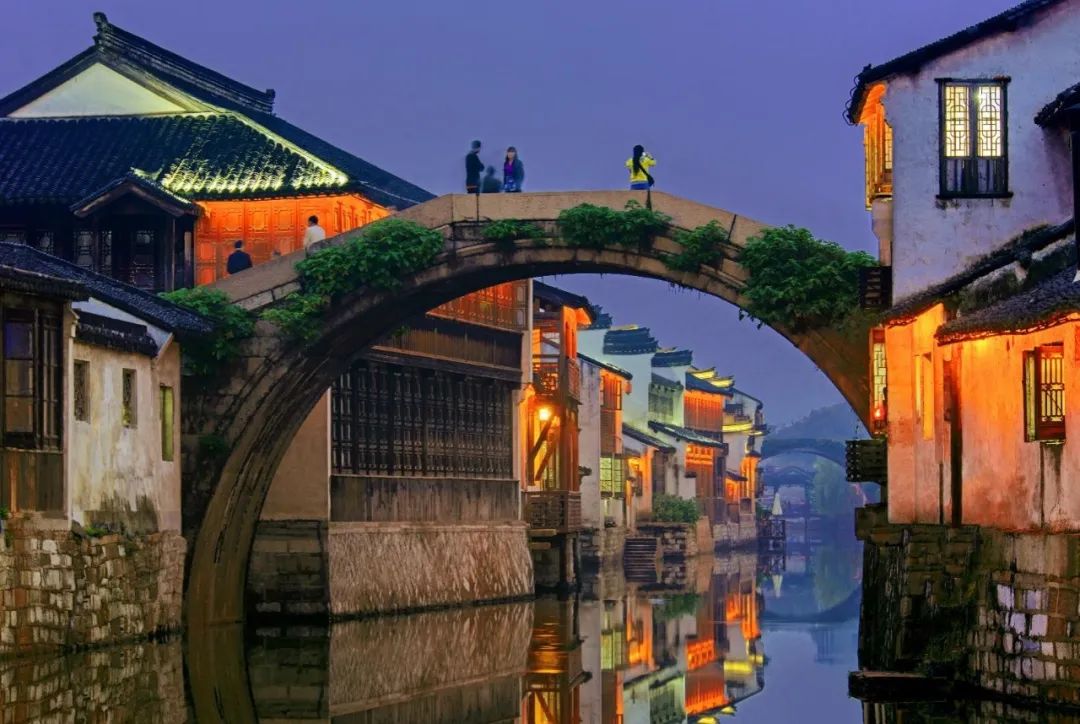
Old Ditang River

Old Ditang River, shine forever like the sun and the moon
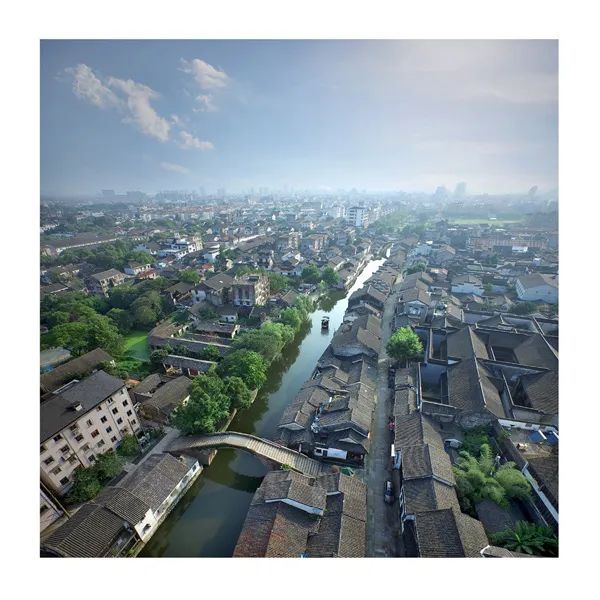
Houses along both sides of Ditang River, by Chen Deming
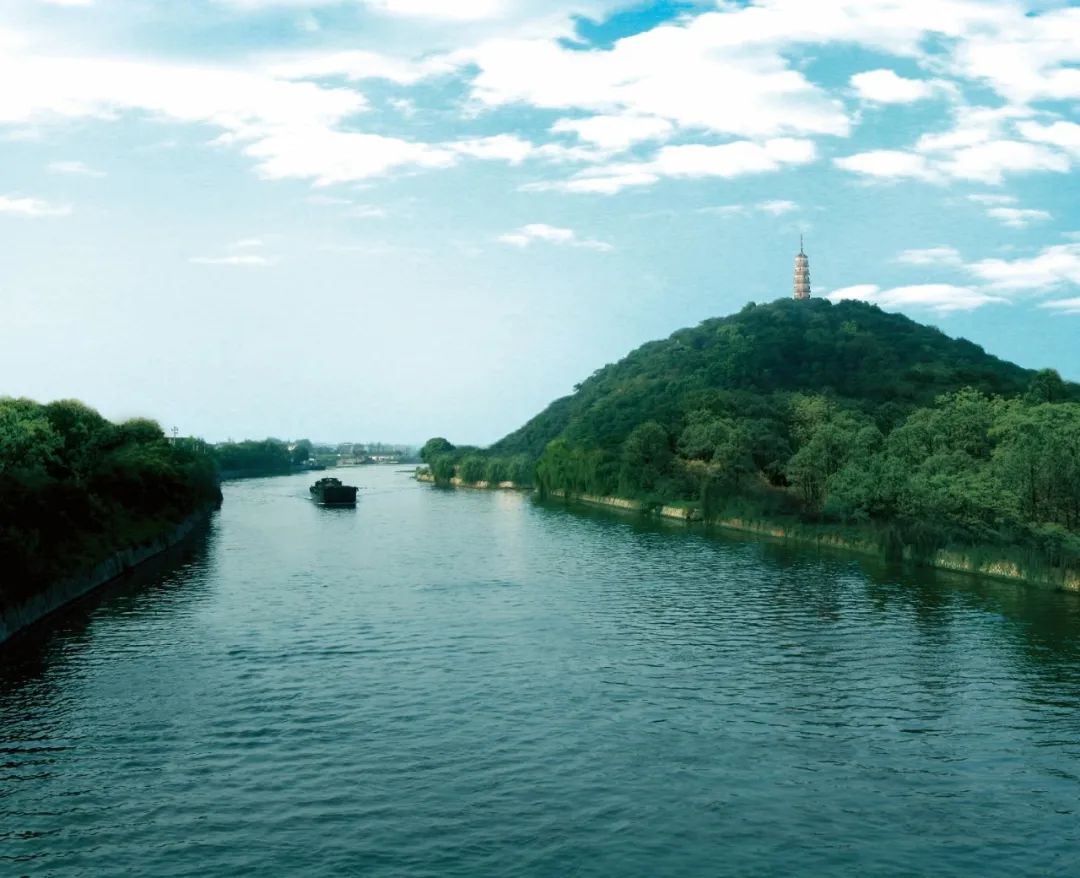
Beijing Hangzhou Grand Canal in Hanshan
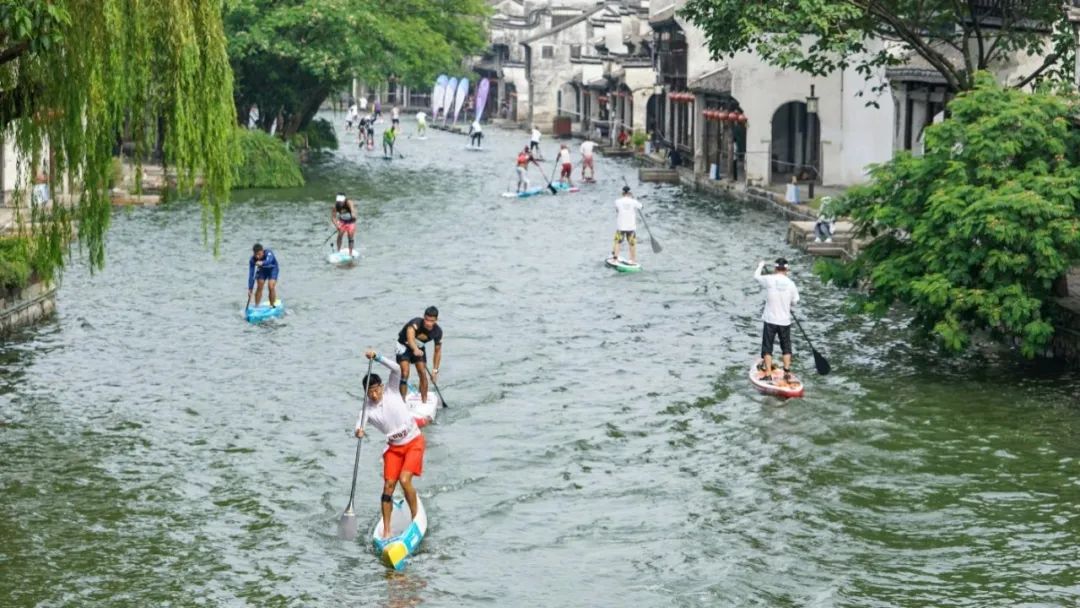
The 2nd Nanxun Ancient Town International Stand-up Paddleboarding Open

The 2nd Nanxun Ancient Town International Stand-up Paddleboarding Open
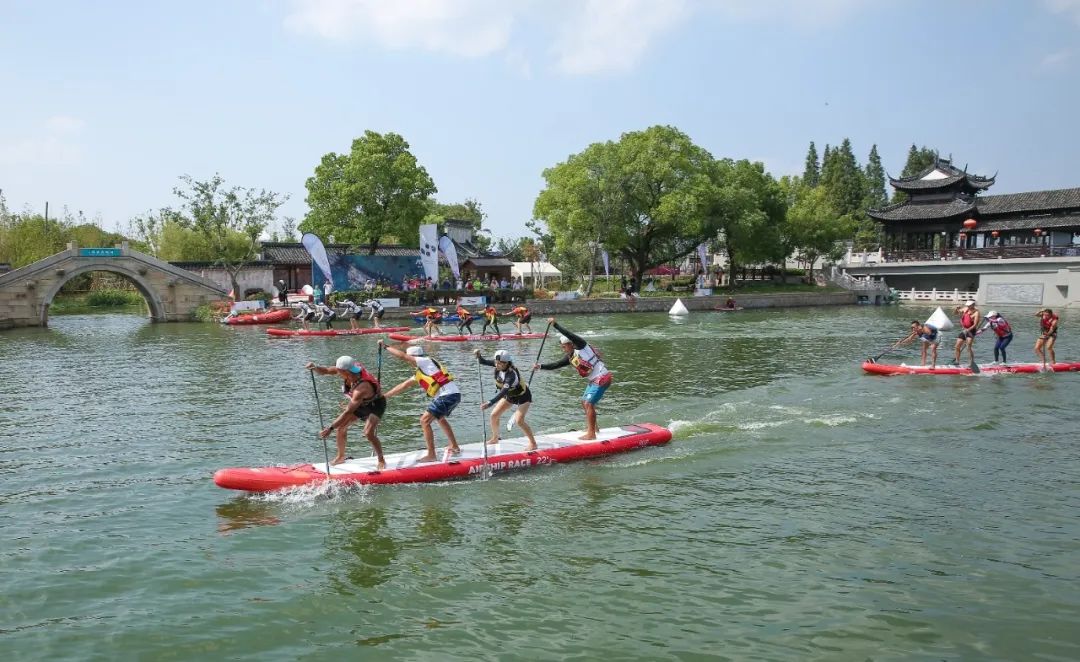
The 2nd Nanxun Ancient Town International Stand-up Paddleboarding Open
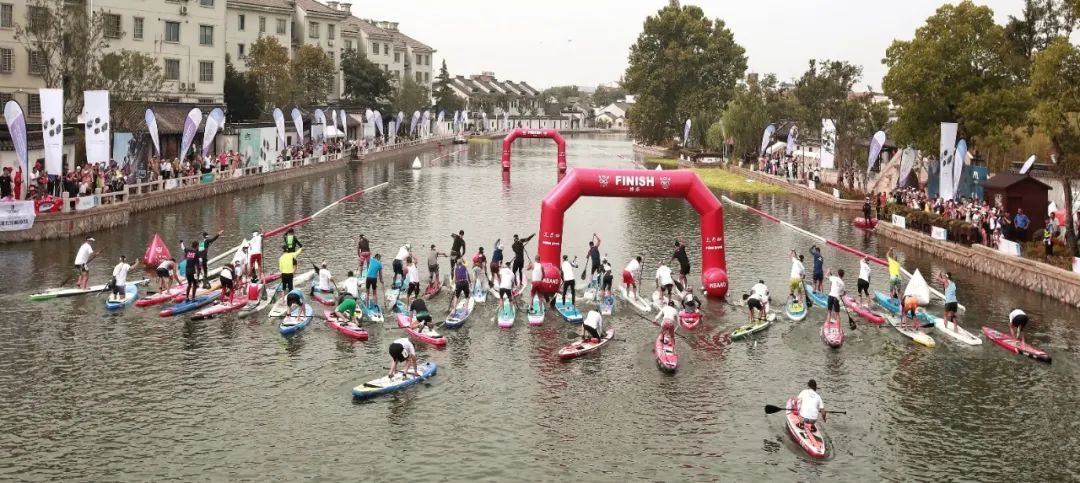
The 2nd Nanxun Ancient Town International Stand-up Paddleboarding Open

The 2nd Nanxun Ancient Town International Stand-up Paddleboarding Open

The 2nd Nanxun Ancient Town International Stand-up Paddleboarding Open

The 2nd Nanxun Ancient Town International Stand-up Paddleboarding Open
